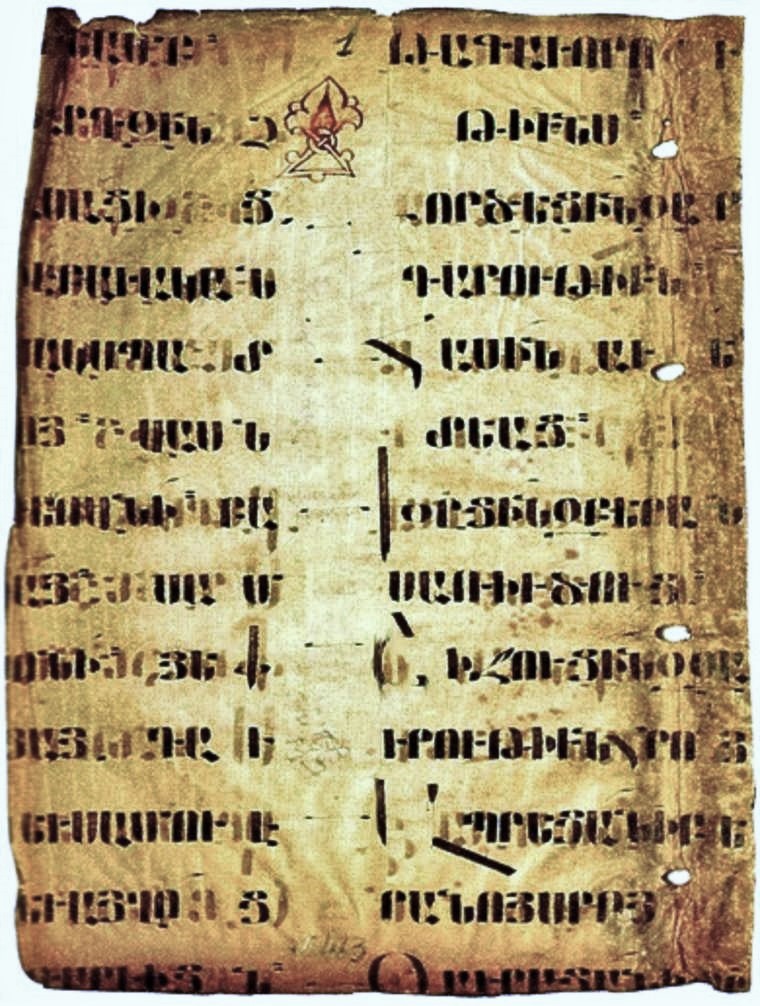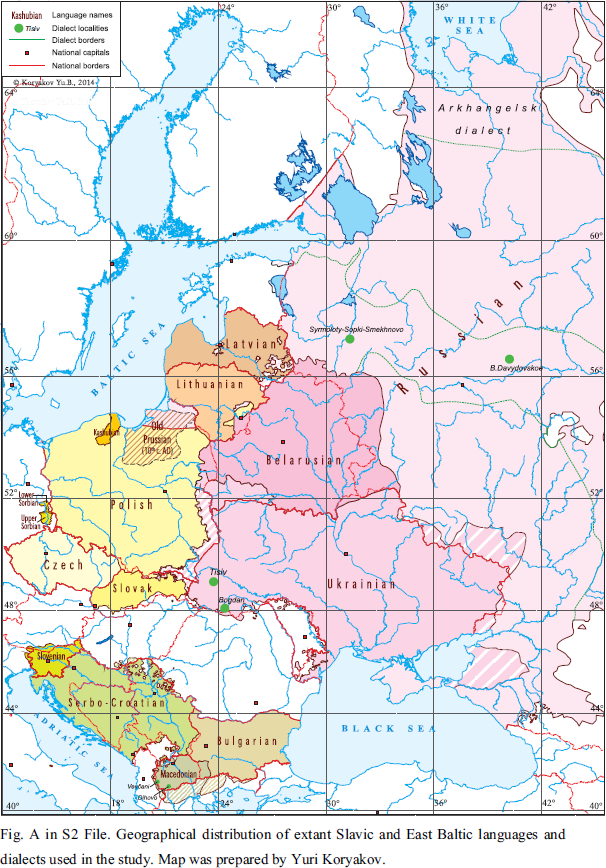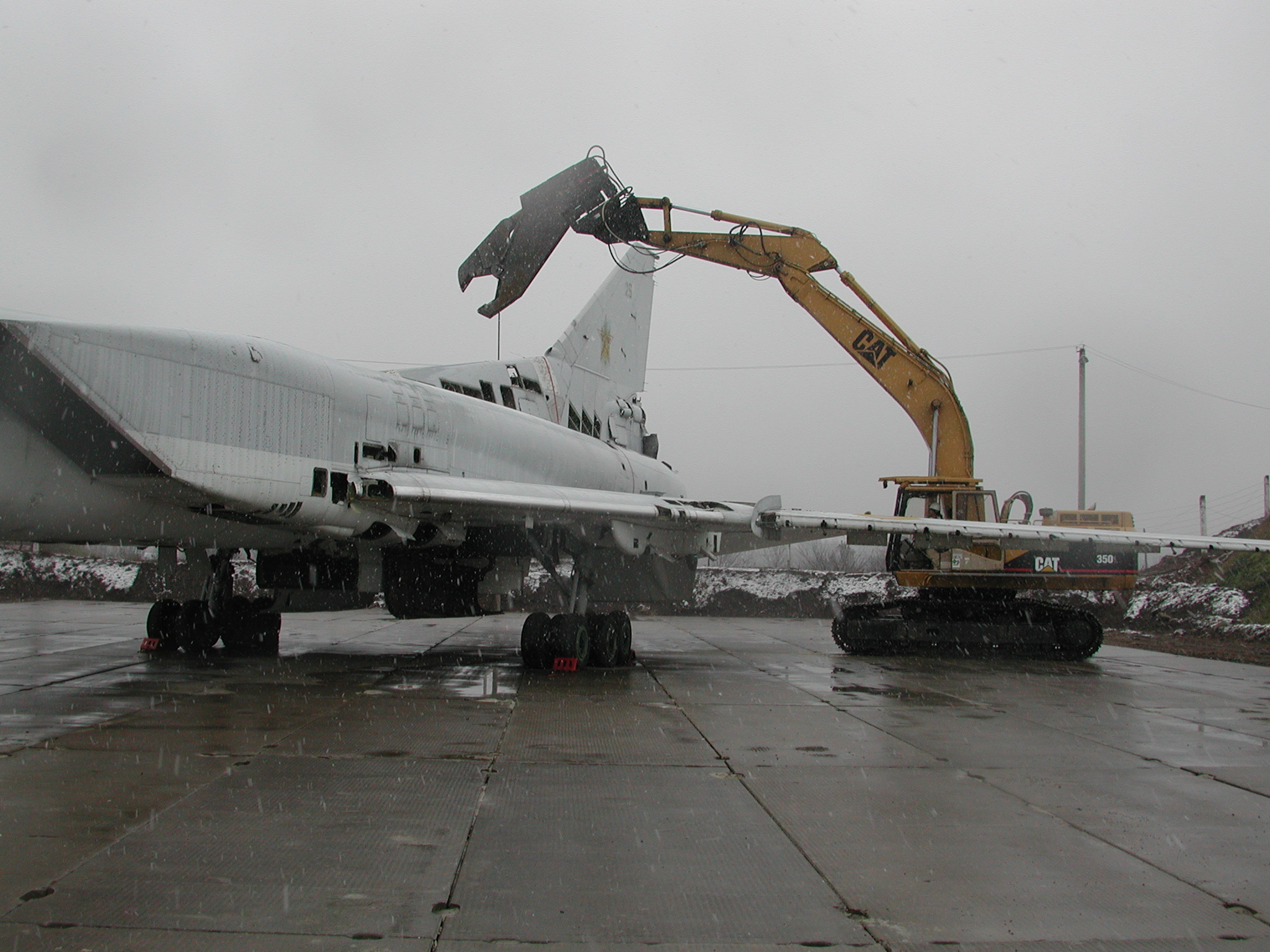|
Pisky-Radkivski
Pisky-Radkivski ( uk, Піски-Радьківські; russian: link=no, Пески-Радьковские) is a village in Izium Raion (district) in Kharkiv Oblast of eastern Ukraine, at about south-east from the centre of Kharkiv city, on the eastern bank of the Oskil Reservoir. The settlement came under attack by Russian forces during the Russian invasion of Ukraine in 2022 and was regained by Ukrainian forces by the end of September the same year. Demographics The settlement had 2507 inhabitants in 2001, native language distribution as of the Ukrainian Census of the same year: *Ukrainian: 91.34% *Russian: 8.42% *Belarusian: 0.08% *Armenian: 0.04% *German: 0.04% * Moldovan (Romanian Romanian may refer to: *anything of, from, or related to the country and nation of Romania **Romanians, an ethnic group **Romanian language, a Romance language *** Romanian dialects, variants of the Romanian language **Romanian cuisine, traditiona ...): 0.04% References {{Kharkiv-geo ... [...More Info...] [...Related Items...] OR: [Wikipedia] [Google] [Baidu] |
2022 Ukrainian Kharkiv Counteroffensive
The 2022 Ukrainian eastern counteroffensive is a counteroffensive by the Armed Forces of Ukraine on Russian-occupied Ukrainian territory of Kharkiv Oblast, Donetsk Oblast, and Luhansk Oblast, that was launched on 6 September 2022. Following the launch of the Ukrainian southern counteroffensive in Kherson in late August, Ukrainian forces began a second counteroffensive in early September in Kharkiv Oblast, in Eastern Ukraine. As of 17 October 2022, Ukraine had retaken over 500 settlements and 12,000 square kilometers of territory in the Kharkiv region. Background Russian offensives in the first months of its invasion of Ukraine left large swathes of the Kharkiv Oblast under Russian control, including the key logistical hubs of Izium and Kupiansk. The majority of Kharkiv Oblast remained within Ukrainian control, however, including the city of Kharkiv, where the Russian military continuously bombarded with rocket, artillery, and cluster munition until August. Ukrainian ... [...More Info...] [...Related Items...] OR: [Wikipedia] [Google] [Baidu] |
Village
A village is a clustered human settlement or community, larger than a hamlet but smaller than a town (although the word is often used to describe both hamlets and smaller towns), with a population typically ranging from a few hundred to a few thousand. Though villages are often located in rural areas, the term urban village is also applied to certain urban neighborhoods. Villages are normally permanent, with fixed dwellings; however, transient villages can occur. Further, the dwellings of a village are fairly close to one another, not scattered broadly over the landscape, as a dispersed settlement. In the past, villages were a usual form of community for societies that practice subsistence agriculture, and also for some non-agricultural societies. In Great Britain, a hamlet earned the right to be called a village when it built a church. [...More Info...] [...Related Items...] OR: [Wikipedia] [Google] [Baidu] |
2022 Russian Invasion Of Ukraine
On 24 February 2022, in a major escalation of the Russo-Ukrainian War, which began in 2014. The invasion has resulted in tens of thousands of deaths on both sides. It has caused Europe's largest refugee crisis since World War II. An estimated 8 million Ukrainians were displaced within their country by late May and 7.8 million fled the country by 8 November 2022, while Russia, within five weeks of the invasion, experienced its greatest emigration since the 1917 October Revolution. Following the 2014 Ukrainian Revolution, Russia annexed Crimea, and Russian-backed paramilitaries seized part of the Donbas region of south-eastern Ukraine, which consists of Luhansk and Donetsk oblasts, sparking a regional war. In March 2021, Russia began a large military build-up along its border with Ukraine, eventually amassing up to 190,000 troops and their equipment. Despite the build-up, denials of plans to invade or attack Ukraine were issued by various Russia ... [...More Info...] [...Related Items...] OR: [Wikipedia] [Google] [Baidu] |
Institute For The Study Of War
The Institute for the Study of War (ISW) is a United States–based think tank founded in 2007 by Kimberly Kagan, providing research and analysis regarding issues of defense and foreign affairs. It has produced reports on the Syrian War, the War in Afghanistan, and the Iraq War, "focusing on military operations, enemy threats, and political trends in diverse conflict zones". It currently publishes daily reports on the 2022 Russian invasion of Ukraine. ISW was founded in response to the stagnation of the Iraq and Afghanistan wars, with core funding provided by a group of defense contractors. According to a mission statement on its website, ISW aims to provide "real-time, government-independent, and open-source analysis of ongoing military operations and insurgent attacks". ISW currently operates as a nonprofit organization, supported in part by contributions from defense contractors [...More Info...] [...Related Items...] OR: [Wikipedia] [Google] [Baidu] |
Romanian Language
Romanian (obsolete spellings: Rumanian or Roumanian; autonym: ''limba română'' , or ''românește'', ) is the official and main language of Romania and the Republic of Moldova. As a minority language it is spoken by stable communities in the countries surrounding Romania (Bulgaria, Hungary, Serbia, and Ukraine), and by the large Romanian diaspora. In total, it is spoken by 28–29 million people as an L1+ L2, of whom 23–24 millions are native speakers. In Europe, Romanian is rated as a medium level language, occupying the tenth position among thirty-seven official languages. Romanian is part of the Eastern Romance sub-branch of Romance languages, a linguistic group that evolved from several dialects of Vulgar Latin which separated from the Western Romance languages in the course of the period from the 5th to the 8th centuries. To distinguish it within the Eastern Romance languages, in comparative linguistics it is called ''Daco-Romanian'' as opposed to its closest r ... [...More Info...] [...Related Items...] OR: [Wikipedia] [Google] [Baidu] |
Moldovan Language
Moldovan (Latin alphabet: ''limba moldovenească''; Moldovan Cyrillic alphabet: лимба молдовеняскэ), also known historically as Moldavian, is one of the two local names of the Romanian language in Moldova. "Moldovan" is declared the official language in Article 13 of the constitution adopted in 1994, while the 1991 Declaration of Independence of Moldova uses the name "Romanian". In 2003, the Moldovan parliament adopted a law defining "Moldovan" and "Romanian" as glottonyms for the same language. In 2013, the Constitutional Court of Moldova interpreted that Article 13 of the constitution is superseded by the Declaration of Independence, thus giving official status to the name "Romanian". The breakaway region of Transnistria continues to recognize "Moldovan" as one of its official languages, alongside Russian and Ukrainian. Ukraine also makes a distinction between "Moldovan" and Romanian in its law, though Ukrainian officials have announced an intention ... [...More Info...] [...Related Items...] OR: [Wikipedia] [Google] [Baidu] |
German Language
German ( ) is a West Germanic language mainly spoken in Central Europe. It is the most widely spoken and official or co-official language in Germany, Austria, Switzerland, Liechtenstein, and the Italian province of South Tyrol. It is also a co-official language of Luxembourg and Belgium, as well as a national language in Namibia. Outside Germany, it is also spoken by German communities in France ( Bas-Rhin), Czech Republic (North Bohemia), Poland ( Upper Silesia), Slovakia (Bratislava Region), and Hungary ( Sopron). German is most similar to other languages within the West Germanic language branch, including Afrikaans, Dutch, English, the Frisian languages, Low German, Luxembourgish, Scots, and Yiddish. It also contains close similarities in vocabulary to some languages in the North Germanic group, such as Danish, Norwegian, and Swedish. German is the second most widely spoken Germanic language after English, which is also a West Germanic language. German ... [...More Info...] [...Related Items...] OR: [Wikipedia] [Google] [Baidu] |
Armenian Language
Armenian ( classical: , reformed: , , ) is an Indo-European language and an independent branch of that family of languages. It is the official language of Armenia. Historically spoken in the Armenian Highlands, today Armenian is widely spoken throughout the Armenian diaspora. Armenian is written in its own writing system, the Armenian alphabet, introduced in 405 AD by the priest Mesrop Mashtots. The total number of Armenian speakers worldwide is estimated between 5 and 7 million. History Classification and origins Armenian is an independent branch of the Indo-European languages. It is of interest to linguists for its distinctive phonological changes within that family. Armenian exhibits more satemization than centumization, although it is not classified as belonging to either of these subgroups. Some linguists tentatively conclude that Armenian, Greek (and Phrygian) and Indo-Iranian were dialectally close to each other;''Handbook of Formal Languages'' (1997p. ... [...More Info...] [...Related Items...] OR: [Wikipedia] [Google] [Baidu] |
Belarusian Language
Belarusian ( be, беларуская мова, biełaruskaja mova, link=no, ) is an East Slavic language. It is the native language of many Belarusians and one of the two official state languages in Belarus. Additionally, it is spoken in some parts of Russia, Lithuania, Latvia, Poland, and Ukraine by Belarusian minorities in those countries. Before Belarus gained independence in 1991, the language was only known in English as ''Byelorussian'' or ''Belorussian'', the compound term retaining the English-language name for the Russian language in its second part, or alternatively as ''White Russian''. Following independence, it became known as ''Belarusan'' and since 1995 as ''Belarusian'' in English. As one of the East Slavic languages, Belarusian shares many grammatical and lexical features with other members of the group. To some extent, Russian, Rusyn, Ukrainian, and Belarusian retain a degree of mutual intelligibility. Its predecessor stage is known in Western aca ... [...More Info...] [...Related Items...] OR: [Wikipedia] [Google] [Baidu] |
Russian Language
Russian (russian: русский язык, russkij jazyk, link=no, ) is an East Slavic language mainly spoken in Russia. It is the native language of the Russians, and belongs to the Indo-European language family. It is one of four living East Slavic languages, and is also a part of the larger Balto-Slavic languages. Besides Russia itself, Russian is an official language in Belarus, Kazakhstan, and Kyrgyzstan, and is used widely as a lingua franca throughout Ukraine, the Caucasus, Central Asia, and to some extent in the Baltic states. It was the ''de facto'' language of the former Soviet Union, Constitution and Fundamental Law of the Union of Soviet Socialist Republics, 1977: Section II, Chapter 6, Article 36 and continues to be used in public life with varying proficiency in all of the post-Soviet states. Russian has over 258 million total speakers worldwide. It is the most spoken Slavic language, and the most spoken native language in Europe, as well as the ... [...More Info...] [...Related Items...] OR: [Wikipedia] [Google] [Baidu] |
Ukrainian Language
Ukrainian ( uk, украї́нська мо́ва, translit=ukrainska mova, label=native name, ) is an East Slavic language of the Indo-European language family. It is the native language of about 40 million people and the official state language of Ukraine in Eastern Europe. Written Ukrainian uses the Ukrainian alphabet, a variant of the Cyrillic script. The standard Ukrainian language is regulated by the National Academy of Sciences of Ukraine (NANU; particularly by its Institute for the Ukrainian Language), the Ukrainian language-information fund, and Potebnia Institute of Linguistics. Comparisons are often drawn to Russian, a prominent Slavic language, but there is more mutual intelligibility with Belarusian,Alexander M. Schenker. 1993. "Proto-Slavonic," ''The Slavonic Languages''. (Routledge). pp. 60–121. p. 60: " hedistinction between dialect and language being blurred, there can be no unanimity on this issue in all instances..."C.F. Voegelin and F.M. Voegelin ... [...More Info...] [...Related Items...] OR: [Wikipedia] [Google] [Baidu] |
Armed Forces Of Ukraine
, imports = , exports = , history = , ranks = Military ranks of Ukraine , country=Ukraine The Armed Forces of Ukraine ( uk, Збро́йні си́ли Украї́ни), most commonly known in Ukraine as ZSU ( uk, ЗСУ) or anglicized as AFU, are the military forces of Ukraine. All military and security forces, including the Armed Forces, are under the command of the president of Ukraine and subject to oversight by a permanent Verkhovna Rada parliamentary commission. The modern armed forces were formed in 1991 and consisted of three former Soviet Armed Forces military districts stationed in the Ukrainian Soviet Socialist Republic. Ukraine's armed forces are composed of the Ukrainian Ground Forces, the Ukrainian Air Force, the Ukrainian Navy, the Ukrainian Air Assault Forces and the Special Operations Forces. Ukraine's navy includes its own Ukrainian Naval Infantry, as well as Ukrainian Naval Aviation. The Territori ... [...More Info...] [...Related Items...] OR: [Wikipedia] [Google] [Baidu] |








